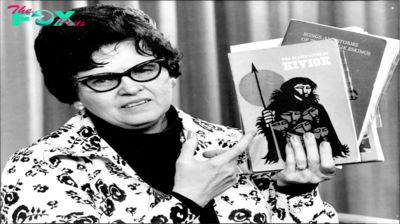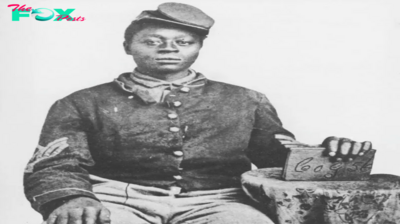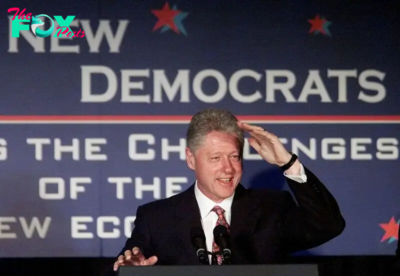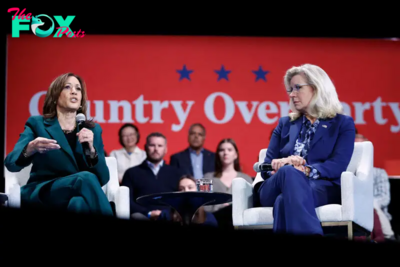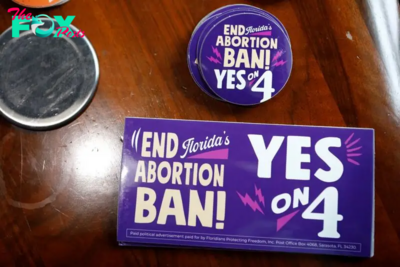History
What Democrats Can Learn from America’s First Black Voters
Following Kamala Harris’ defeat and the GOP’s congressional successes in the 2024 elections, many Democrats are expressing not only rage and frustration, but fear. Donald Trump’s return to the presidency will provide him the opportunity to ensure the Supreme Court remains firmly in conservative hands for the foreseeable future. Many Democrats fear the radical and tyrannical policies Trump has promised to enact upon his ascendance to office: the revocation of broadcast licenses of critical media outlets, the punishing of politicians and entire states that did not support him, and perhaps most infamously, a claim that he would be “a dictator on day one.”
While concerning, these threats are far from novel. Indeed, they mirror what conservatives did in the aftermath of the Civil War. Ex-confederates during Reconstruction levied claims of fraud, enacted de-registration campaigns, and even destroyed the physical ballots of their opponents. The most devastating tool conservatives had in 1868, however, was the susceptibility of white Americans to racist rhetoric, a power that remains an animating force in American Politics today.
The 1868 election remains the most violent in U.S. history. Black Americans had just received the right to vote thanks to the passage of the Reconstruction Acts and the 14th Amendment, but formal suffrage rights did not guarantee that Black Americans could exercise that right without threat of reprisal. Though federal troops occupied some portions of the South to curb political and racial violence, most regions, like St. Tammany Parish, La., lacked any meaningful federal presence.
Read More: Exclusive: Donald Trump Says Political Violence 'Depends' on 'Fairness' of 2024 Election
In 1868, conservatives backed Horatio Seymour against Ulysses S. Grant, in a campaign built on the promise of disenfranchising Black Americans, and their rhetoric sparked widespread violence. The Ku Klux Klan launched murderous campaigns across the South terrorizing freedpeople to prevent newly enfranchised Black men from voting. In the months leading up to the 1868 election, the Klan had killed at least 2,000 freedpeople across the state of Louisiana with many more intimidated, assaulted, or tortured. Klan members burned Black Americans’ homes, gunned down entire families, assassinated elected officials, destroyed voter registries, and stole freedpeople’s firearms to ensure they could not fight back. The death toll of what some scholars have termed the “Killing Fields of 1868” is impossible to tabulate, but contemporaries estimated it to be in the tens of thousands with the majority of those victims having been Black women, men, and children. Yet, these horrific efforts failed in their attempt to demoralize Black voters. Despite the violence and vitriol they faced at the ballot box in 1868, Black Americans marched to voting booths by the hundreds of thousands in the years that followed.
On June 10, 1869, formerly enslaved blacksmith Mumford McCoy stepped before a congressional investigation in New Orleans to testify about the devastation of his home parish of St. TaMMAny during the election. Mumford McCoy had witnessed this violence firsthand. In the preceding year, the Klan had killed the local coroner John Kemp (one of the first Black men to ever hold the position in the United States), brutalized a local Black preacher and his family, and burned to the ground the community’s church that McCoy had built. Hearing McCoy describe these horrors, one of the investigators asked him, “Have you not lost courage, spirit, and faith?”
“No sir,” McCoy replied. “I have not lost any at all. It has only given me better encouragement and ambition.”
And he was not alone.
After 1868, Black Americans across the South re-formed their political organizations, with some mustering into militias to protect themselves against Klan violence. This newly re-formed political front proved incredibly effective. In Shreveport, La., for example, a group of white terrorists had suMMArily executed a group of Black men and boys in the local brickyard just weeks before the 1868 election, and through their violence and intimidation, ensured the parish did not register a single Republican vote. Yet, after Black suffrage was enshrined in the Constitution by the 15th Amendment two years later, over a thousand Black Americans, both men and women, marched into Shreveport, as one witness put it, “like well-drilled soldiers who had received their orders” to vote in the 1870 congressional election, undaunted by the violence they had witnessed just two years prior. As a result of their bravery, Black voters carried Shreveport and Caddo Parish for the Republican Party, still known then as the party of Lincoln and the formerly enslaved.
In the years that followed, Black voters made staggering gains in states that had witnessed some of the nation’s most horrific massacres, including in Georgia, Mississippi, and South Carolina. Even McCoy’s home state of Louisiana, a state carried by conservatives through intimidation and violence in 1868, saw every single one of its Congressional districts flip Republican two years later thanks almost exclusively to the unyielding efforts of Black voters.
Read More: The Supreme Court Could Gut the Voting Rights Act Even Further
Similar to their counterparts in the civil rights movement a century later, Black Americans during Reconstruction manifested a stalwart, united front in the face of racist rhetoric and political violence. They used their solidarity to their advantage, strategized on how to resist their disenfranchisement, and most importantly, refused to allow themselves to succumb to defeatism. Rather than allow themselves to be demoralized by the assassination of their leaders, the constant attacks on their communities, and the tepidness of their white allies’ support, America’s first Black voters saw each of these obstacles as yet another reason to stay politically engaged.
Those who had endured enslavement within the United States intimately understood the flaws of American democracy in ways that no person today ever could. Yet, they still voted, protested, and ran for office even in the aftermath of violent attacks on their communities and stunning electoral defeats. Why? Because allowing ex-Confederates and former enslavers to return to positions of unchecked power would herald the end of freedom in the post-emancipation South.
Over the next years, ex-Confederates continued to wield violence and intimidation against Black Americans to expel them from Politics through force, and though Black Americans fought valiantly for their political rights, their white allies in the North and South retreated from Reconstruction and allowed many freedpeople to be reduced again to a state of functional slavery in the Jim Crow South.

Yet, even after being abandoned by their allies, Black Americans persisted. Through the grassroots populist movements of the 1880s and 1890s, through labor organizations like the Brotherhood of Sleeping Car Porters, and through simple acts of survival, Black Americans continued to fight because, as hard as it may be to imagine, they still had hope for the American project and an unshakeable understanding that they deserved a place within it.
Instead of allowing the Republicans’ sweeping victories to dishearten them, perhaps Democrats could take a page out of Mumford McCoy’s book and keep up their courage, spirit, and faith. The political obstacles facing Democrats are dire, but it is the very existence of these threats that renders political engagement so important in the first place. Those disappointed by this month’s result should strive to emulate America’s first Black voters and allow the immense challenges ahead to instill in them “better encouragement and ambition.”
J. Jacob Calhoun is a Postdoctoral Fellow at the Nau Center for Civil War History at the University of Virginia. He researches 19th-century American history including the history of Black politics.
Made by History takes readers beyond the headlines with articles written and edited by professional historians. Learn more about Made by History at TIME here. Opinions expressed do not necessarily reflect the views of TIME editors.
-

 History1w ago
History1w agoThe 1994 Campaign that Anticipated Trump’s Immigration Stance
-
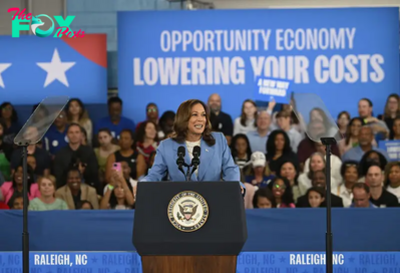
 History1w ago
History1w agoThe Kamala Harris ‘Opportunity Agenda for Black Men’ Might Be Good Politics, But History Reveals It Has Flaws
-
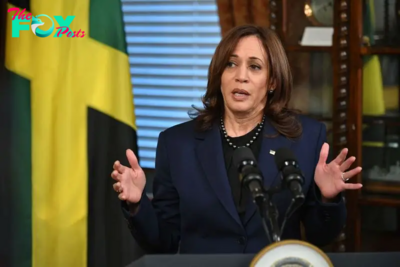
 History2w ago
History2w agoLegacies of Slavery Across the Americas Still Shape Our Politics
-

 History2w ago
History2w agoKamala Harris Is Dressing for the Presidency
-

 History2w ago
History2w agoWhat Melania Trump’s Decision to Speak Out on Abortion Says About the GOP
-
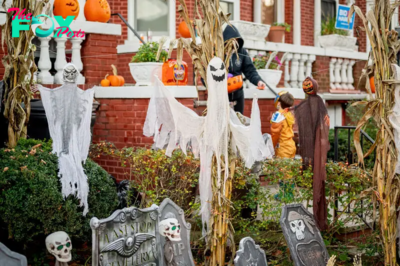
 History2w ago
History2w agoThe Long Global History of Ghosts
-

 History2w ago
History2w agoAmerica’s Forgotten Occult Origins
-

 History2w ago
History2w agoHistory Suggests That Trump’s Approach to Putin Is All Wrong


